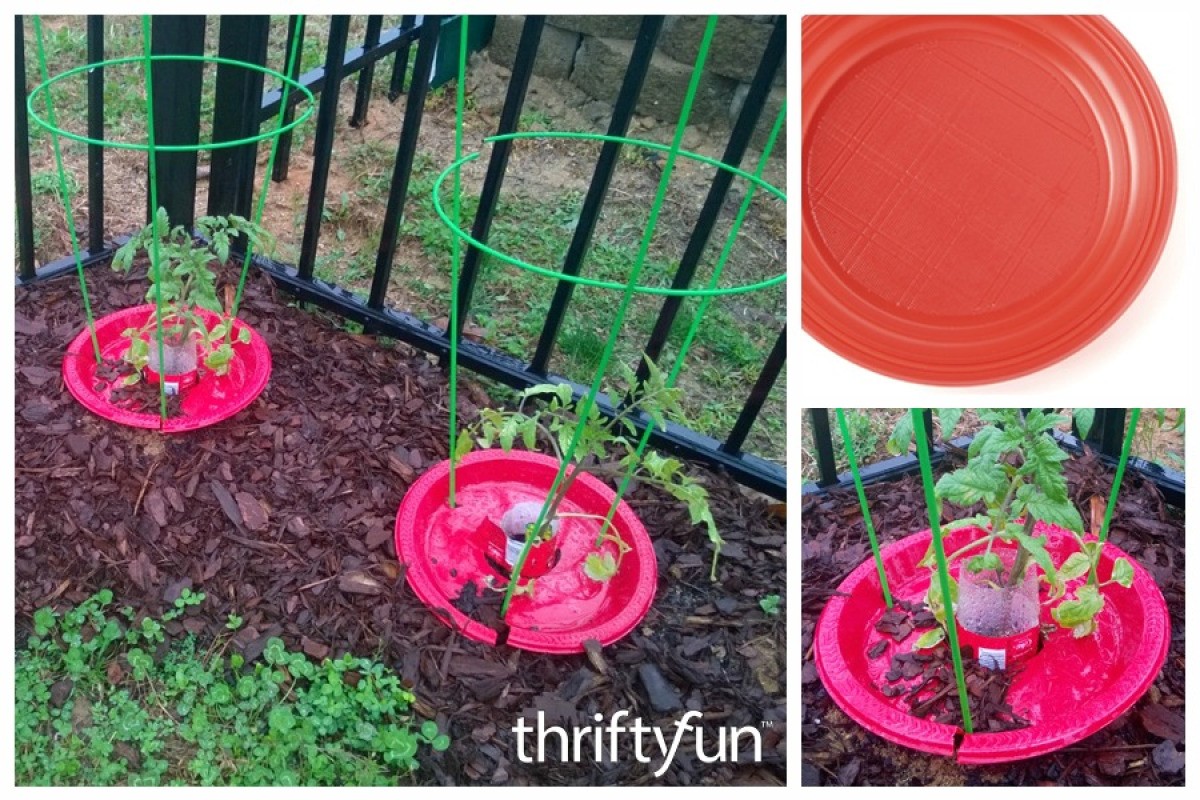
#Lowest temp for tomato seedlings how to#
How To Protect Pepper Plants From Cold & Frost Join 1000+ gardeners to get access to news, tips, and information.ĭelivered right to your inbox – once per week. In this article, we’ll take a look at some of the ways to protect your peppers from cold – starting early in the season (choosing the right seeds). (While you’re at it, you can check out all kinds of cold protection resources on this page.) Take a few measures during the season to extend your harvest by a few weeks. The table below summarizes temperature ranges for pepper plants and how cold affects their growth: TempĪlthough pepper plants are tender and killed by frost, there are still plenty of ways to protect them from cold. The last frost here can be as late as early November so I will definitely leave it for a few more weeks before I start to plant, and then try and be vigilant with frost protection on clear nights.No matter their color, peppers need to be protected from cold and frost!
#Lowest temp for tomato seedlings Patch#
The current soil temperature in vegie beds at Sophie’s Patch (in September 2017) is only 12 degrees so I will have to wait a while longer. However when I forgot to take them off on a warm day, the seedlings cooked, so be warned.Īnother option in cold frosty areas like here at Sophie’s Patch is to grow your plants like tomatoes on in into larger plants by potting them on, so when the soil is warm enough and the risk of frost is over, that is when you plant them out and they are already more established. I have at times used glass flagons which have had their bottoms cut out to cover my young tender seedlings and protect them from frost, mulch like they do with the glass cloches in the UK. Alternatively make a mini poly tunnel over the whole bed with plastic sheeting stretched over a poly pipe or metal frame – this will not only trap warmth in the vicinity, it will help to increase soil temperature. You can make a simple cloche from a plastic soft drink or milk bottle with the bottom cut off and the lid left off. Frost protectionĪt Sophie’s Patch, even when the soil temperature gets warm enough, frosts can kill young plants so it is essential in frosty areas to keep the newly planted vegies warm and protected from cold weather especially chilly nights by using clear plastic shelters known as cloches over individual plants, which will keep the plant warmer but not affect the soil temperature. Planting citrus too early will actually set them back and it can take them month and sometimes years to recover. It is also the same for citrus which shouldn’t be planted out or repotted till the soil temperature is at least 16 degrees. You could also go with the layman’s rule of thumb for 16 degrees soil temperature – when you can comfortably sit both bare cheeks on the soil.


Well you get a soil thermometer, and having lost several of these in the past two years (when placed in the soil and then I forgot where I have put them), I have attached a piece of bright blue baling twine to the end of my latest. So how do you check the temperature of your soil? Melons and cucumbers need even warmer soil and do best sown into soils with temperatures of 18-22 degrees. The same is true for eggplants, chillis, capsicums, basil, squash, pumpkin and zucchini. Tomatoes should not be planted until the soil temperature reaches a minimum of 16 degrees, and 18-20 degrees would be even better. Spring is the time of year in Southern Australia when gardeners are desperate to plant their tomatoes, but it really depends on the soil temperature in your garden and whether you are in an area which can be affected by frost.


 0 kommentar(er)
0 kommentar(er)
